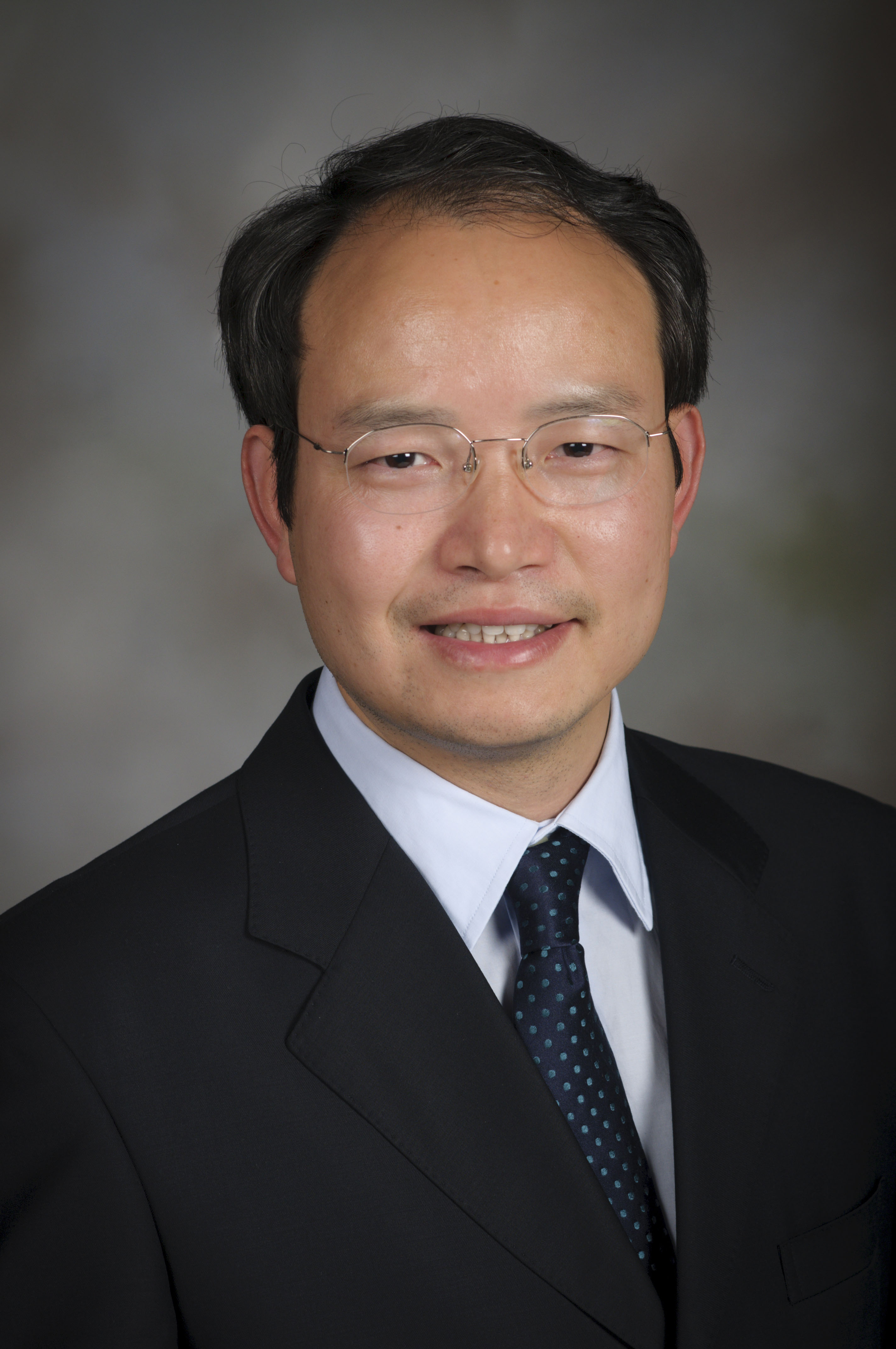Guohua Cao secures NSF CAREER award to pursue sophisticated imaging technology

Currently, the medical community has limited ability in clinically assessing blockages called atherosclerotic plaques in the human body.
These dangerous blockages that can lead to heart attacks and strokes are not easily diagnosed due to "the lack of noninvasive imaging techniques to accurately model atherosclerotic plaques in vivo," said Guohua Cao, assistant professor of biomedical engineering at Virginia Tech.
With the award of a National Science Foundation CAREER grant valued at $400,000, Cao is currently working on developing an unprecedented, 5-D micro-computer tomography scanner for the in vivo imaging of atherosclerotic plaques in transgenic mouse models.
"Our innovative approach is to combine three separately developed technologies into one synergistic imaging system," Cao explained.
Cao and other researchers in his field of study have made such improvements in multiple types of imaging technologies that great improvements in medical knowledge have been verified in long-term studies of human disease in mice and rats.
However, "of all the imaging tasks involved with small animals, cardiovascular imaging is among the most challenging because the physiological motions of small animals are about ten times faster than those of humans," Cao said.
Cao, who spent six years as a research assistant professor and a postdoctoral scholar and fellow at Brown University and at the University of North Carolina at Chapel Hill before joining the Virginia Tech-Wake Forest University School of Biomedical Engineering and Sciences, previously led a multidisciplinary team from the fields of physics, biomedical engineering, applied sciences, and radiology on the development of a carbon nanotube dynamic micro-computed tomography (CT) scanner.
This scanner is currently considered one of the world's best in obtaining dynamic high spatial and temporal resolution CT images of small animals.
Cao has built two such state-of-art CT scanners for the biomedical researcher community. One is installed at the UNC Biomedical Research Imaging Center, and the other is at the Department of Radiology at the University of Iowa Carver College of Medicine.
With his new NSF CAREER award, he now hopes to develop a carbon-nanotube field emission X-ray source to reduce the blurring of pictures that comes from the heart motions and to achieve the required time-based high resolution. His proposal calls for the integration of this specific type of X-ray with an energy-sensitive photon counting X-ray detector to develop his novel system.
Cao's previous work on developing carbon nanotube X-ray technologies has been featured in the popular press, such as in Nature, The Economist, Technology Review, Discovery News, and German Public Radio.
Cao is working on this project with Ge Wang of Rensselaer Polytechnic Institute and formerly of Virginia Tech. Both Wang and Cao are developing new medical imaging technologies that hold promise for improved early disease screening, cancer staging, therapeutic assessment, and other aspects of personalized medicine.
Cao has established the X-Ray Systems Laboratory and acts as the director for the SBES Advanced Multi-scale CT (SAM-CT) Laboratory. The X-ray Systems Lab has two custom-built CT imaging systems - a DynaTom CNT micro-CT scanner, and a bench-top Xplorer micro-CT. The SAM-CT Lab houses four commercial CT imaging systems.
Together, they provide image resolution from 500 micrometers down to 50 nanometers, and sample size from 100 micrometers up to 100 millimeters, enabling biomedical discovery on a range of objects from a single cell to an adult rat. They represent the state-of-the-art in X-ray imaging capability at the university setting around the world.
Cao received his bachelor's degree from the University of Science and Technology of China and his doctoral degree from Brown University.




